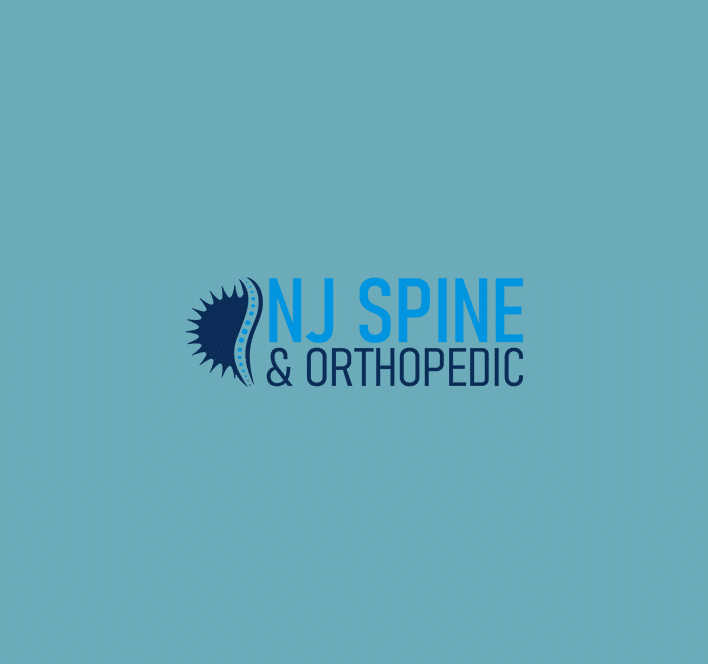Neck pain can have many causes. Since every joint, including the vertebrae in the neck, are intended to move freely, trauma from a sports injury or auto accident can cause acute cervical pain that may radiate down the arms or spine. When the cause is an injury to the supporting structure, it is sometimes called mechanical pain. Treatment options for this type of neck pain vary based on the diagnosed cause of problem and severity of dysfunction.
The purpose of this article will be to address other types of chronic neck pain that are most often related to the degenerative process that occurs naturally as we age.
What is Cervical Spondylosis?
Cervical Spondylosis is a fancy medical term to describe neck arthritis. When the discs in the neck become damaged, they lose water – the dry disc becomes brittle and can crack, thereby tearing its annulus or outer coating. An annular tear can cause significant pain, as can the arthritic disc.
Disc degeneration in your neck can cause headaches, neck pain, arm pain, numbness, and loss of neck motion. Cervical spondylosis is usually the result of repetitive or acute trauma. The damage accentuates the aging of the disc. Early treatment with medication and traction may be helpful.
End-stage cervical spondylosis usually requires surgery to attenuate the neck pain. Artificial cervical disc replacement has proven successful in numerous prospective studies. At my clinics, we have successfully performed artificial disc replacements for over ten years.
What is a Cervical Herniated Disc?
A disc can herniate or move away from its normal contained position. If the herniated disc is injured the outer protective coating can tear or weaken. When the annulus is torn, it is called an annular tear. This condition can allow the disc can leak out or herniate. If it extrudes so far as to cause the nerve to not work properly, numbness, tingling, arm weakness, shoulder pain, muscle atrophy and shock-like pain can occur.
Depending on which disc herniates, the condition can be easily fixed using an artificial disc. Most spine doctors only offer disc fusion. Although a fusion allows for the removal of the damaged disc, the procedure makes the cervical spine permanently stiff with a plate and screws. An artificial cervical disc, on the other hand, allows the neck to move.
At NJ Spine and Orthopedic, our experienced team of orthopedic surgeons can remove and replace your damaged cervical disc to allow for normal neck motion. Like with a total joint replacement, the neck can move freely. Plus, no fusion means no screws, no plates, no neck stiffness, and no neck brace.
What is Cervical Foraminal Stenosis?
The neck contains important nerves that travel down from the brain through the spinal cord. Nerve roots come off the spinal cord like branches on a tree. They exit out of the spinal cord through a small hole called a foramen. Cervical foramen can be narrowed or clogged like pipes in your house.
When the small opening is pinched off or closed up, the nerve that exits through that hole can be pinched. Cervical foraminial stenosis is the medical name given this condition. This stenosis of the neck and spine can lead to profound dysfunction (myelopathy) with shoulder pain, arm pain or hand numbness and tingling.
Treament for foraminial stenosis is simple. For patients with arthritis at the level of foraminal stenosis, we strongly recommend an artificial disc replacement. For patients with foraminal stenosis and no significant arthritis, we recommend a cervical laminectomy and foraminotomy. These procedures release the pinched nerve so the myelopathy or tingling goes away.
About the Author: Dr. Scott Katzman, MD is the Chief Surgeon at NJ Spine and Orthopedic. Dr. Katzman has been successfully doing artificial disc replacement surgery for 10+ years and is one of the leading surgeons in the U.S. for minimally invasive spine surgery.

